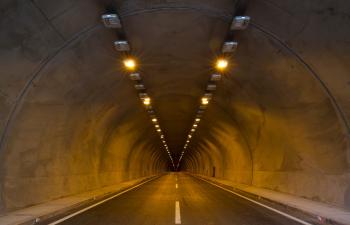The benefits of conducting a risk assessment in construction.
Risk assessment is an essential process that should be carried out in any construction project. A risk assessment identifies and evaluates potential hazards and risks associated with a particular task or activity. It involves assessing the likelihood and severity of harm or injury to people, property damage, and negative environmental impacts. Conducting a risk assessment in construction provides numerous benefits, including the following:
Prevention of accidents and injuries
A risk assessment helps identify potential hazards and risks that could cause accidents and injuries on the construction site. By identifying these hazards, appropriate measures can be taken to eliminate or reduce them. This can prevent accidents and injuries, ensuring that workers and other people involved in the construction project are safe.
Compliance with legal requirements
Construction companies are legally responsible for ensuring that their workers and other people involved in the construction project are safe. A risk assessment helps companies comply with legal requirements by identifying potential hazards and implementing appropriate safety measures. Failure to comply with legal requirements can result in legal action, fines, and reputational damage.
Reduction of costs
Accidents and injuries on the construction site can be expensive. They can result in medical bills, compensation claims, project delays, and reputational damage. Companies can identify potential hazards and risks by conducting a risk assessment and taking appropriate measures to
eliminate or reduce them. This can help reduce costs associated with accidents and injuries.
Improved project planning
A risk assessment helps identify potential hazards and risks in a construction project. This information can be used to improve project planning and decision-making. For example, suppose a particular task is identified as high-risk. In that case, the project manager can take appropriate measures to reduce the risk or allocate additional resources to ensure the task is completed safely.
Improved communication and collaboration
A risk assessment involves communication and collaboration between different stakeholders in a construction project. This can include the project manager, workers, contractors, and other stakeholders. By involving these stakeholders in the risk assessment process, communication and collaboration can be improved, leading to a better understanding of potential hazards and risks and appropriate measures to mitigate them.
Improved project performance
Project performance can be improved by identifying potential hazards and risks and taking appropriate measures to eliminate or reduce them. For example, if a particular task is identified as high risk, appropriate measures can be taken to ensure that it is completed safely and within the planned timeline. This can improve project performance and ensure that the project is completed on time and within budget.
In conclusion, conducting a risk assessment is essential in construction. It provides numerous benefits, including the prevention of accidents and injuries, compliance with legal requirements, reduction of costs, improved project planning, improved communication and collaboration, and improved project performance. By conducting a risk assessment, construction companies can ensure that their workers and other people involved in the construction project are safe, and the project is completed successfully.


